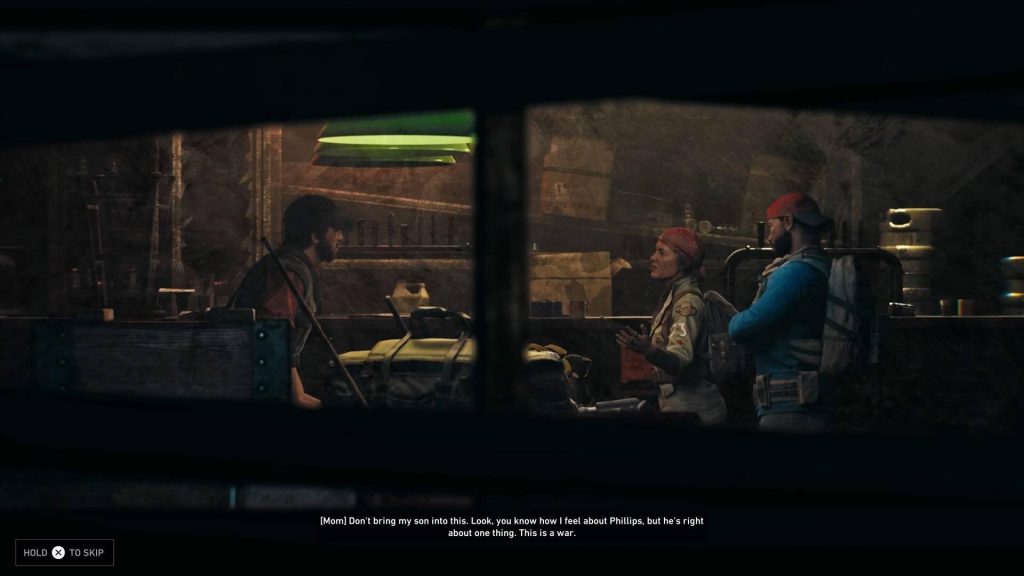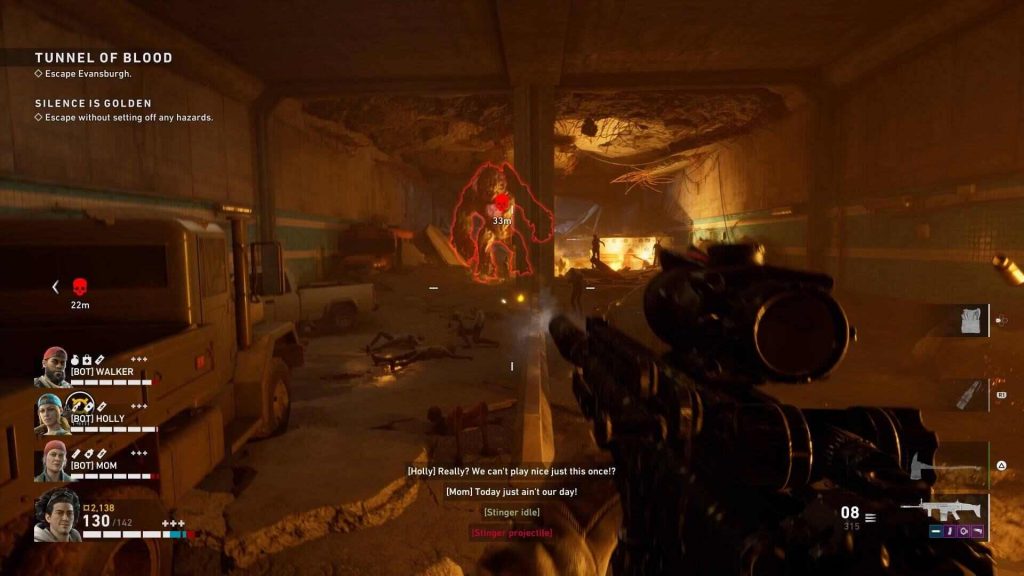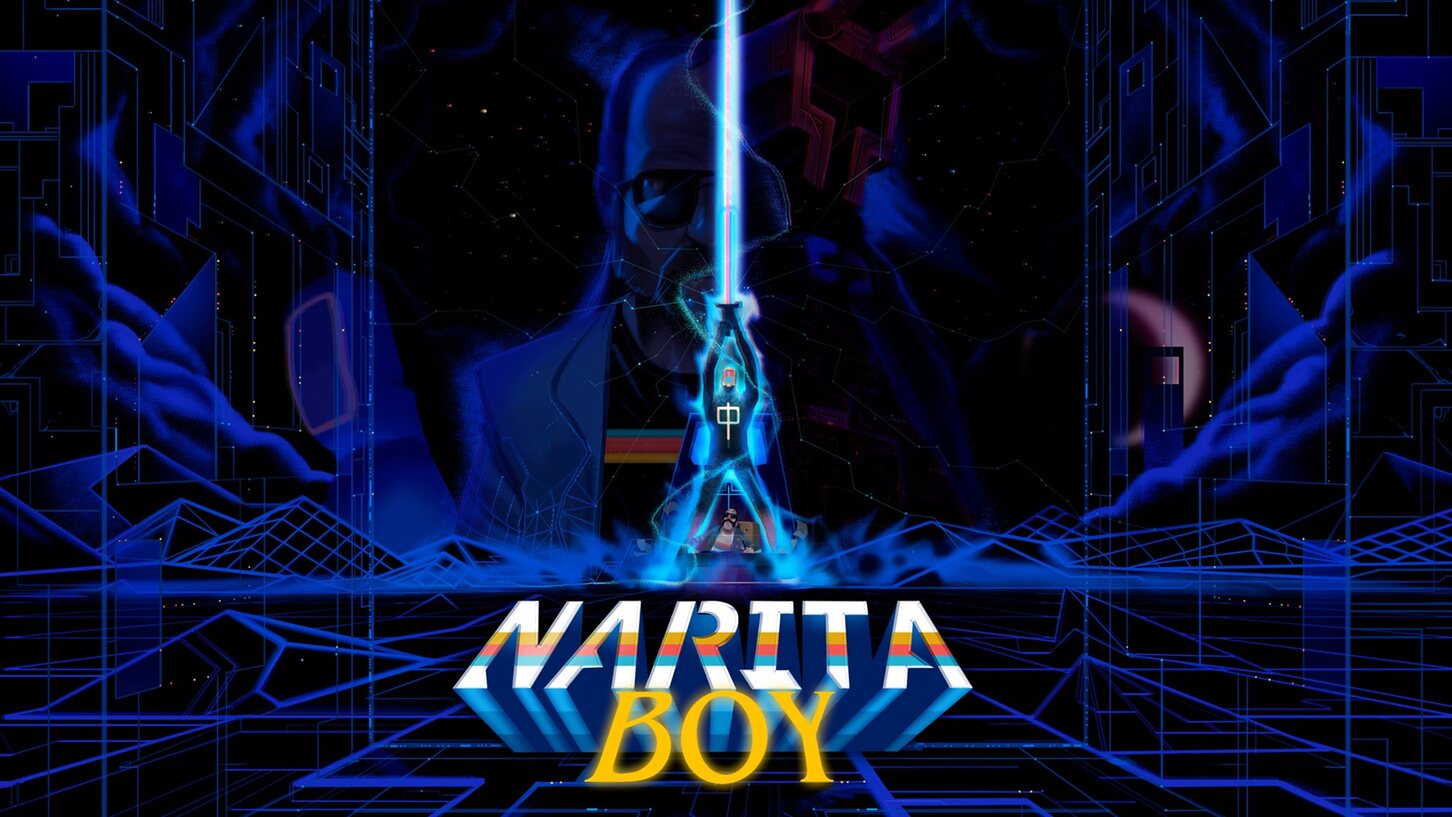Back 4 Blood Review – Four or nothing
Back 4 Blood Review
The clamor for a Left 4 Dead follow-up has been heard loud and clear by Turtle Rock Studios, releasing its long-awaited spiritual successor in Back 4 Blood. Since it was first announced, the game definitely caught the attention of gamers far and wide, highlighted by its co-op FPS action featuring wave after wave of “The Ridden”, eager and hungry to wipe everything out.
The premise of Back 4 Blood kicks off with the threat of the horde being kept at bay by the creation of outposts by the “Cleaners”. Complacency hits and it’s not long when the horde in question starts to develop stranger mutations and now it is up to you to serve as the last possible defense that threatens humanity from being overrun by this threat.
I enjoyed my solo experience, but for this review, I went with a friend – Twitch Streamer FantasyKat – to see if Back For Blood can indeed bring back that L4D nostalgia.
Nostalgia bomb
The one thing I immediately noticed was how much it reminded me of L4D’s world, keeping the fantastic gunplay while looking all sorts of fantastic with the much-needed graphical upgrade. I’ve played a lot of shooters this year and Back 4 Blood‘s aim quality, hit registry, and smooth gameplay ranks up there with the best of them.
The game features a large arsenal to choose from and every single gun feels different in its variety and physics, where you feel a serviceable difference between using an assault rifle, a sniper rifle, and the different variations of machine guns.
While yes, you can always go with “bigger gun = stronger gun”, each firearm in Back 4 Blood has its benefits and drawbacks. You can opt for an almost bottomless magazine LMG but suffer when you need to reload or stick with a sniper rifle that can take out Tall Boys easily with a precise shot but will be your death when you are swarmed.
I love how you’re always weighing these choices based on your situation where the right weapons will make or break a run, especially when you finally encounter different ridden mutations, who spawn at an unusually high rate as of the current build.
The threats you face in Back 4 Blood are varied, but also very familiar. The common mutated range from Tall Boys who can break your group formation and can send your teammates flying with a well-placed punch; Reekers who can explode and their residue will add a status effect reducing mobility or at their worst, will compromise your total HP; and finally, Stingers are long-range mutated who can either snipe at you from a distance or immobilize you, leaving you open for horde attacks.
Because of the variety of enemies in Back 4 Blood, a lot of your success will depend on your strategy. No one gun or one pattern will work, and it’s best to get acquainted with various loadouts and playstyles to better compliment your teammates.
That being said, the difficulty spike in Back 4 Blood can get pretty bad, especially for beginners. They are largely inconsistent and sometimes earlier missions in the game can get crushingly difficult during the first few rounds as you are thrown into the fray with little knowledge of what’s going on. This results in a bigger issue, which I’ll explain further later.
There is no “I” in team
While it is possible to go into Back 4 Blood as a solo player, it’s not really the recommended course of action to get the most out of the game. Currently, progressing through solo mode doesn’t award players enough (no achievements, no supply points, etc) and the developers have already acknowledged this, so here’s hoping it gets updated soon.
For the most part, the bots are serviceable but don’t expect them to be anything better than that. They usually try to keep up with you, support you as best as they can, and fight back against the horde to the best of their abilities, until you need a more “human touch” during certain missions and situations. Healing, for example, is something the bots will pour on you instead of evenly healing the squad, which sometimes results in a failed run.

Playing with randoms isn’t exactly the best option either because in Back 4 Blood, more incentive is given to player customization, allowing you to play as you like. The downside to this is that you may end up having a team of all snipers or all assaults with nobody going for support, which is an instant recipe for disaster. It is the risk you take with random matchmaking and because of the inconsistent difficulty curves, a balanced team that can communicate will be key.
Going back to the difficulty issue earlier, it is highly recommended to go with at least two to three friends who are equally as invested as you are to fully enjoy the game. Familiarity and communication are almost as important as skill, and this way you can build up team synergy to take on the many challenges Back 4 Blood throws at you. This then leads to the bigger issue where your progress is heavily gated by certain circumstances that are out of your control, making an otherwise enjoyable game rather frustrating for players who don’t have enough time, much more to find enough friends that can play all at the same time.
Bring your Pokemon Deck to a gunfight
A new mechanic to this game is the Card System, something that has seemingly been seeing widespread use in a lot of other titles. In Back 4 Blood, cards are divided into 2 main categories – Active and Corruption.
Active Cards are cards that provide you with certain buffs and perks, and will directly affect how you want to “build” your character to suit your playstyle. Some examples of active cards provide you with increased stamina, health, or provide more copper to purchase weapons, tools, and attachments.
These cards can be upgraded by purchasing them through supply lines, which again will depend on how dependable your team is for you to grind the objectives.
On the flipside, you are given corruption cards by the game, which give specific handicaps that make your life harder. Active cards come into play to counter the effects of these corruption cards, and in case you get dealt with a “bad” corruption, it is then up to the player to play with the cards that they’re dealt and use a workaround or improvise to manage this detriment.
Just like guns, cards in Back 4 Blood can also be picked up randomly, in tool kit rooms, and crates. The rarer the card, the more you will have to purchase them with copper but are dependent on RNG. So if you’re matched with a terrible corruption card and the RNG gods are in your favor and grant you the card that relieves that issue, do yourself a favor and buy it.

This card system works well with the 8 cleaners that you can choose from in Back 4 Blood, each having special abilities. My personal favorite, Walker, gains bonus weapon damage for every kill I make with my primary weapon. FantasyKat used Mom who had special support skills that allow an extra continue extending our runs.
Later on, you can unlock another four characters including Doc, who can heal your entire squad, and Jim who has sniper specialties that will prove beneficial for those runs that keep having you encountering hordes.
These special abilities play well with the card system, allowing you to create a build that will suit your style of play. Pushing it further, a well-built team with specialties is certainly a sight to behold when things go as planned, with each player fulfilling a role depending on what the mission calls for.
What We Liked:
- Fast paced co-op action with satisfying gun physics.
- Up to 8 characters to discover, each with their own special abilities.
- Card mechanics add both beneficial and challenging effects to spice up your runs.
What We Didn’t Like:
- Not optimized for solo players.
- Difficulty spikes are all over the place.
- Heavily dependent on coordinated teamplay.
Verdict: Buy It!

Back 4 Blood provides fantastic action with some of the best shooting offered this year. The card system provides long-term value by allowing players to experiment with the 8 characters to choose from, offering a variety of ways to go about the game.
In its current state, the difficulty is a mixed bag, proving to be very inconsistent and impossible at times, especially if you mostly play with randoms. Team play with friends is highly encouraged because Back 4 Blood puts a premium on synergy and communication, which may be hard to come depending on your habits.
Despite this, solo players should not let the highly co-op nature of Back 4 Blood discourage them. While better with friends, the game can be enjoyed alone, especially when the devs make some changes to the solo progression issues.
*Back 4 Blood was reviewed on a PS5 and Xbox Series X with a review code provided by the publisher.






